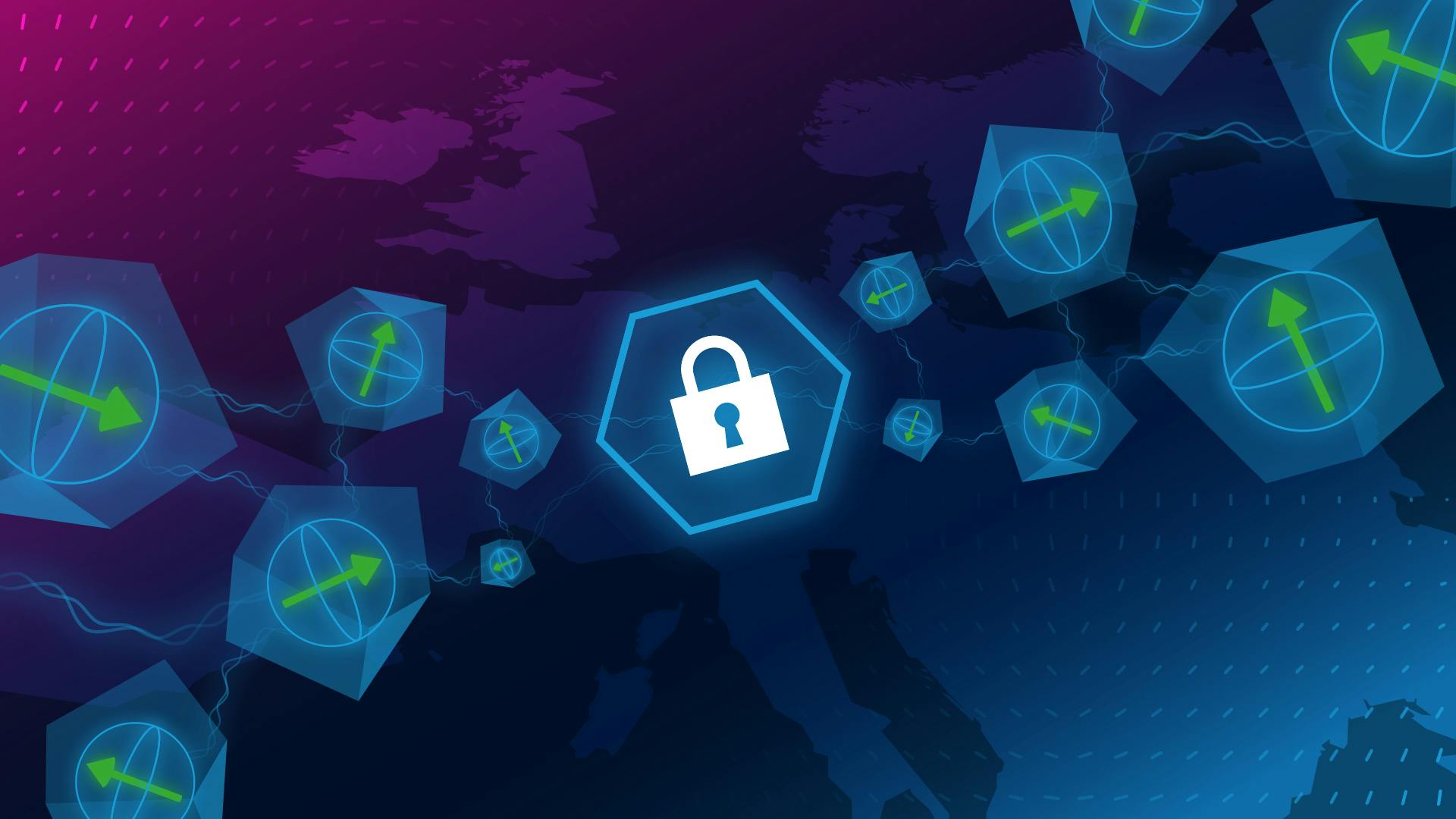Secure Communications
Keeping your data safe
Privacy-preserving analytics
Banks, shopping websites, and social media generate incredible amounts of data. These can include sensitive data that are processed and analysed to improve our lives, guide research, and support policy/decision-makers.
Recommendations and suggestions on shopping websites are a familiar example of data analytics. Individual purchasing habits are collected and analysed to provide you with a personalised recommendation. A prevalent concern is the violation of privacy associated with this data.
Privacy protection
Privacy-preserving analytics aims to use immense streams of data to their maximum potential without compromising our privacy. Most privacy-preserving techniques rely on anonymity, keeping secret the identity of the sender and the receiver. On the internet, anonymity is commonly implemented by using a trusted third-party that relays data from the sender to the receiver without revealing their identity. Multiple intermediate parties can also be used - this makes it difficult (but unfortunately not impossible) to trace the identities of the sender and the receiver.
A cloak of anonymity
Quantum technology enables a so-called quantum anonymous communication protocol. This ensures that the identity of the sender is unknown, even to the receiver. The protocol guarantees both that data sent has not been tampered with and that the identity of the receiver is only known to the sender.
Quantum anonymous communication sets up a multi-party entanglement. One party is randomly selected to establish entanglement with everyone else. Within this entangled multi-party, the sender appoints the receiver by sending non-quantum (i.e. classical) information following a specific protocol to all involved party members. This establishes an entangled link with the receiver, which is used to send data anonymously to the receiver. Thanks to entanglement, the link is immune to any eavesdropper attacks.
Detecting deceit
Quantum anonymous communication not only protects the identity of the sender and the receiver, but also has the advantage that it safeguards data from dishonest party members, who do not follow the specified protocol. Their presence will cause the entire mechanism to abort without exposing any information - keeping safe the sent data and the identities of the sender and the receiver.
